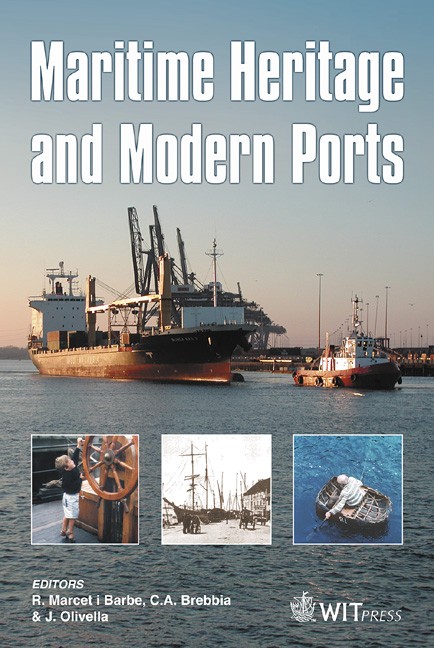Possibilities Of The Particle Finite Element Method (PFEM) For Hydrodynamic And Fluid-structure Interaction Analysis Of Port Structures
Price
Free (open access)
Transaction
Volume
79
Pages
9
Published
2005
Size
1,971 kb
Paper DOI
10.2495/MH050411
Copyright
WIT Press
Author(s)
M. A. Celigueta, E. Oñate, F. Del Pin & S. R. Idelsohn
Abstract
This paper describes the recent advances and applications of the Particle Finite Element Method (PFEM) for hydrodynamic analysis of port structures under sea loads taking into account fluid-structure interaction effects. The paper describes the theoretical basis of the PFEM combining concept from Lagrangian flows, particle methods and finite element techniques. Emphasis is put on the treatment of fluid-structure interaction effects allowing for motions and deformation of the structures under hydrodynamic sea forces. Examples of the efficiency and accuracy of the PFEM for the analysis of piers and breakwater structures under different sea loading conditions are presented. Keywords: Particle Method, Finite Element Method (PFEM), Lagrangian formulation, fluid-structure interaction, free surface, breaking waves, marine engineering, contact. 1 Introduction Over the last twenty years, computer simulation of incompressible fluid flow has been solved in different ways. However, it is still difficult to analyze problems in which the shape of the interface changes continuously or in fluid-structure interactions with free-surfaces where complicated contact problems are involved. The PFEM solves the fluid dynamics equations in a Lagrangian framework with the finite element method. It is also a particle method, as the movement of
Keywords
Particle Method, Finite Element Method (PFEM), Lagrangian formulation, fluid-structure interaction, free surface, breaking waves, marine engineering, contact.





